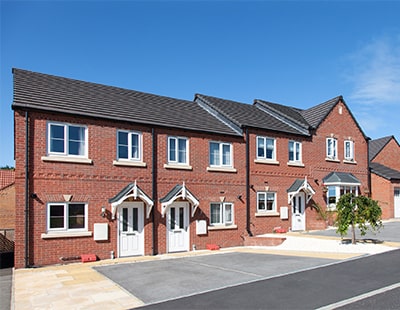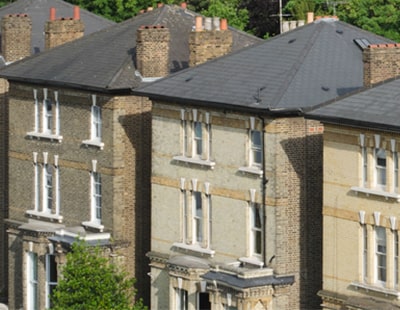There’s an increasing need to boost supply of housing specifically designed for older people, but age-proof homes are not the only answer. Instead we should be considering all the options and giving people a choice that will cater for different lifestyles and needs.
Is age-proofing properties really the answer?
Age-proofing homes alone will not satisfy the needs of older homeowners or fix the housing stock issue.
Also, it’s not actually a feasible solution in many cases. Are we saying that all new homes should be built with lifts (if over one storey), have emergency pull cords and handrails in the bathroom, and ramped access to all entrances and exits? The list could go on.
If we are going to add these often essential elements for older people to homes as standard, they are not going to appeal to working couples or young families looking to maximise their space and create a modern abode.
There is also a danger that by age-proofing a home, owners are encouraged to stay even when the property becomes too large for their needs, creating an unnecessary financial burden and preventing the sale to a growing family.
There is a natural ‘rhythm’ to property ownership, from first homes to family homes and then downsizing into retirement. Too much age-proofing could lead to market stagnation.
So whilst age-proofing is part of the solution, it’s not the only piece of the puzzle.
Modern retirement living
We know many older buyers choose to live in a retirement community and actually don’t want to remain in their large, family home in their later years, whether it has been age-proofed or not.
A survey conducted by YouGov on behalf of Retirement Homesearch in 2017 showed that 19% of UK over-50s were interested in spending their autumn years in a purpose-built retirement community.
We know the motivations for wanting to move into a retirement development are many, but high on people’s agenda is sociability, security and ease of maintenance that comes with retirement living. These motivations will not be satisfied by adding some handrails to an existing property.
In terms of retirement living, our energy and focus needs to be on boosting supply to meet demand - currently retirement properties account for just two per cent of UK private housing stock.
But we also need to ‘future proof’ retirement living, making sure that new and existing retirement developments meet the needs of a ‘new generation’ of retired customers as well as broadening its appeal.
The new generation of retirees anticipate a more active retirement, increasingly seeking entertainment and healthy activity. They also expect modern connectivity in the same way as younger generations.
Our sister company, FirstPort Retirement Property Services, is currently trialling state-of-the-art digital equipment in some of its retirement-managed developments, providing residents with a wall mounted tablet allowing for video calls to the building manager and emergency cover, as well as fellow residents, friends and family.
We’re very aware that the public still don’t often understand the retirement living concept.
The image they have in their heads is of the old warden-controlled ‘old people’s homes’, whereas modern retirement living is a far cry from that.
If we work on future proofing retirement properties, we’ll also tackle perception issues and potentially open up this way of living to more people who would benefit.
Cross-generational living
Another option that is increasing in popularity is cross-generational living spaces, and increasingly we’re seeing developers looking at how they can incorporate retirement properties into new build developments, where development size and location permits this.
This option gives buyers of all ages the opportunity to enjoy shared amenities across the generations. It’s also reassuring for someone moving into this type of development in their 40s and 50s to know that, whilst retirement may be a while off, there are options available on their doorstep when the time comes that wouldn’t result in a big upheaval.
The iconic and new-to-the-market, Royal Haslar in Portsmouth is an excellent example of a mixed-tenure vision, with both retirement and open market living spaces, as well as commercial units.
*Nick Freeth is the Managing Director of Retirement Homesearch








/RishiSunak-400x310.jpg)









%20A%20property%20tale%20for%20our%20times.png)







Join the conversation
Be the first to comment (please use the comment box below)
Please login to comment